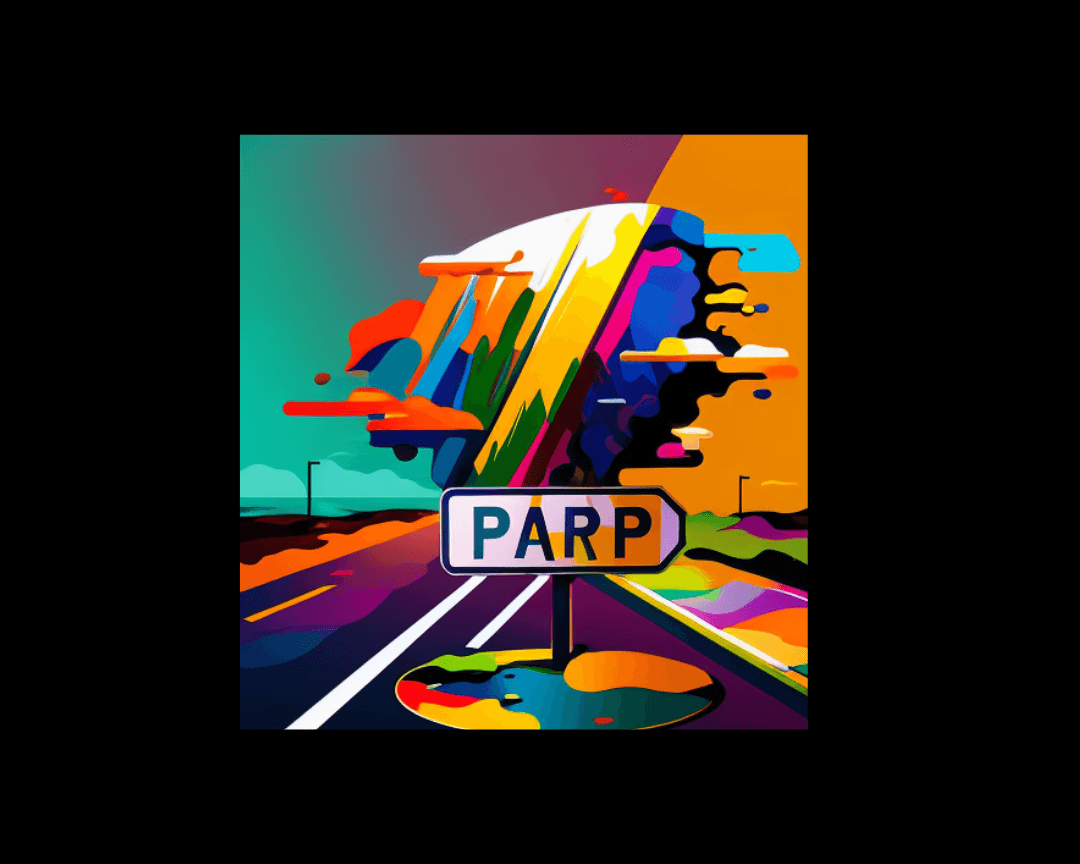Is Your Audience Burned Out?
Digital engagement is a delicate balance. Too many emails, posts and threads can have someone hitting unsubscribe or unfollow. Too little and you...

Unless you have a single product that you deliver to a very specific kind of person, you should practice audience segmentation. Segmenting your audience is a powerful way to deliver specific messages to specific groups of people. First, you should already have defined your buyer persona. The exercise of creating a marketing persona will illustrate the need to segment your audience.
“The most important lesson I can share about brand marketing is this: you definitely, certainly, and surely don’t have enough time and money to build a brand for everyone. You can’t. Don’t try. Be specific. Be very specific.”
Seth Godin, This Is Marketing: You Can't Be Seen Until You Learn to See

Your brand voice is best projected to subsets of your intended audience. This is good sales funnel practice. First, remember that you should already have a defined buyer persona and have done demographic studies (watch this video to learn how). This is assumed and essential. What this means is, you already know the basics of your customer's identity, including:
Unsure why you need to go deeper?
"By 2020, smart personalization engines used to recognize customer intent will enable digital businesses to increase their profits by up to 15%."
People expect personalization. Demonstrating that you understand customer intent requires a wildly specific message. Segmenting your marketing audience gets down to the nit grit. This can be done because there is a crazy amount of data available to you.

There are a few key steps to take to segment your audience.

As you make decisions about how best to segment out your audience, one criteria you need to assess is brand interactions. This includes—most specifically—people buying your goods or services. The criteria to look at include:
This assessment is very business-driven. Who has bought from you, how much have they bought, do they buy more than once, etc. These are the questions to ask to establish some audience segmentation.

Email trends are usually readily available from your email service (MailChimp, Constant Contact, InfusionSoft, etc.). You can quickly export reports that tell you if people opened emails, how many they opened, how long they read for and whether they clicked on any links. Analyzing these trends can help you quickly create groups to target. You will communicate differently with someone who reads every email than you will with someone who's only opened a free coupon. This is a hugely helpful source of information that can drive your audience segmentation.

If you have good social media practices, your data will be useful. You want to look for the following data points to help segment your email audiences:
Whether or not someone engages with you on social media changes the way you speak to them. For instance, you communicate differently if you know they saw a joke or video you posted. This creates an immediate rapport and familiarity that you can leverage in your marketing messaging.
A few tools may be helpful:
Do a simple Google search or rely on data-heavy apps such as Quora and Tapatalk to identify major forums where your audience or subjects may be discussed. Use the search functions in these apps and type in a few interests to see what types of questions people are asking, and the kind of help they are looking to get from other senior users.
Neil Patel, published in Content Marketing Institute

The delivery of messaging can vary in ads or social copy, but for the most part, you will benefit the most from segmenting copy out for emails. One brand I worked with did this work on a really granular level, with good results. For every email we sent, I would write at least six versions of that email. The most important variations were the email title and first line (which previews on many email services). For example, you may have determined that you have five audience segments. These could be:
Say you determined that these five groups have distinctly different relationships with your brand, warranting unique messages. You would vary the titles of your emails and the way you interact with them. For audiences one and three, you can imagine how differently you would communicate! Rather than "try this out!" you say "thanks for trying this out!" You get the idea.
You want to test and try and poke and prod and analyze. This is work that will pay off in terms of increased email opens and interactions with your brand. In other words, if you want to fill your customer pipeline, lengthen the life of your average customer and make more money, this is the work you need to do.

Don't want to do the work yourself? We have people for that. Go here to contact Hire a Writer and get someone on your side who can put in the time to achieve results for your business.

Digital engagement is a delicate balance. Too many emails, posts and threads can have someone hitting unsubscribe or unfollow. Too little and you...

Unless you are in a very rare industry, buyers for your business will go through a journey. I don’t care if you sell cat litter or life coaching:...

As social creatures, humans have relied on one another for centuries to navigate complex social interactions and decision-making processes. This...